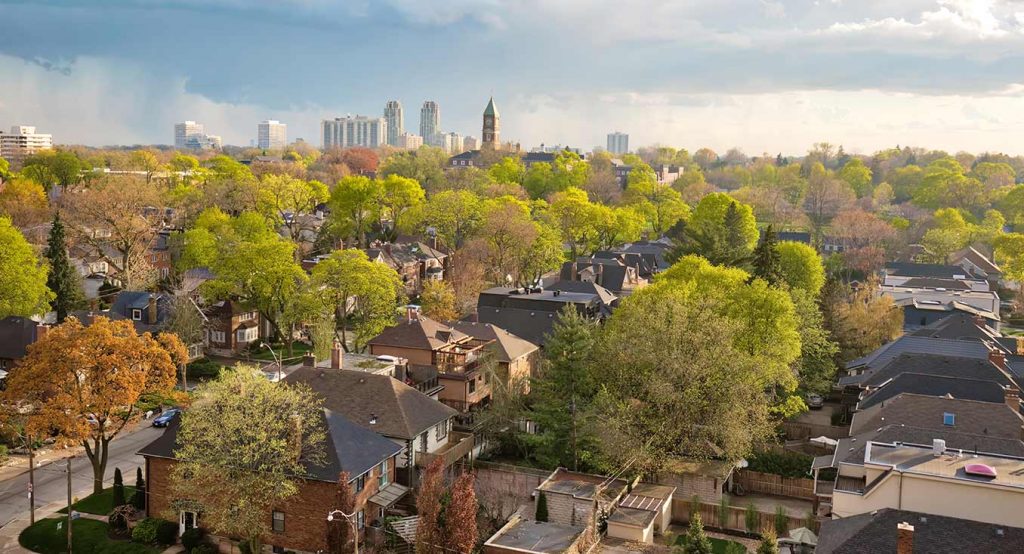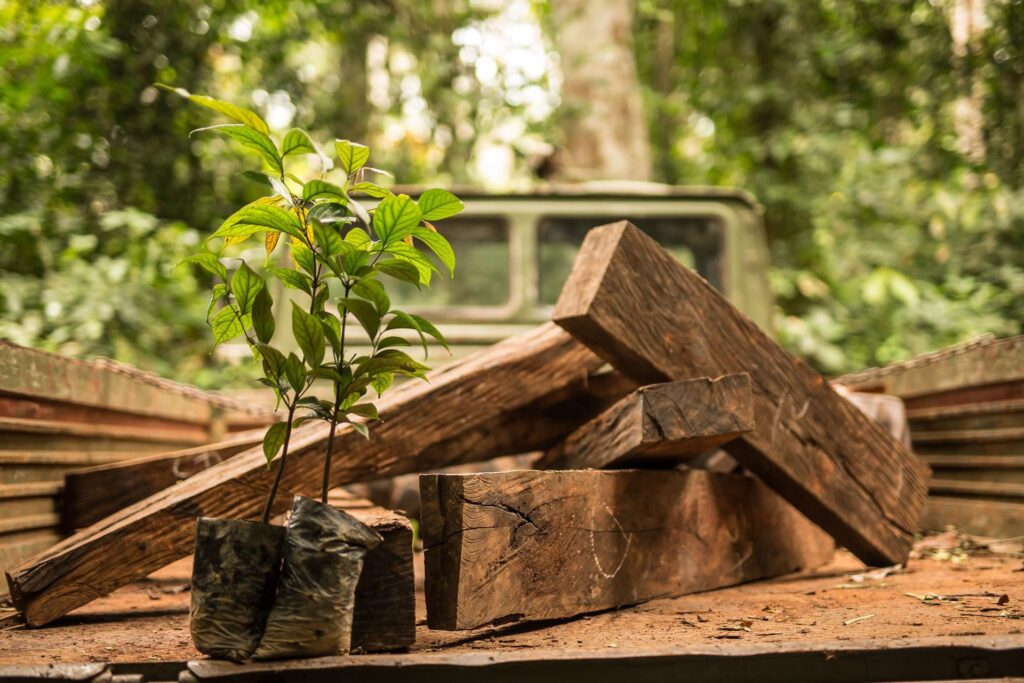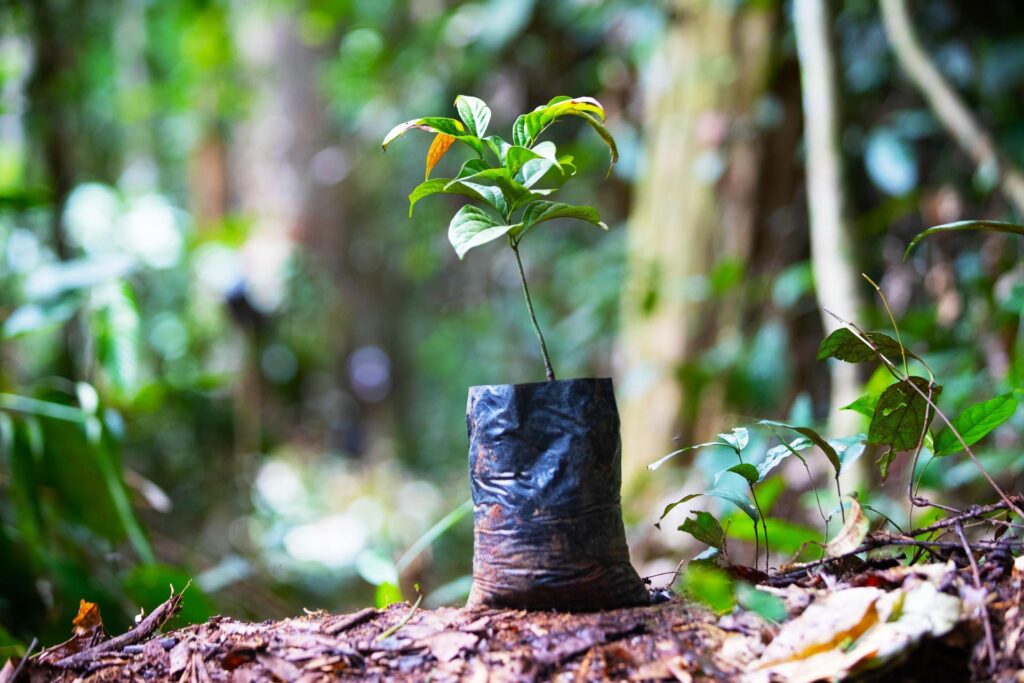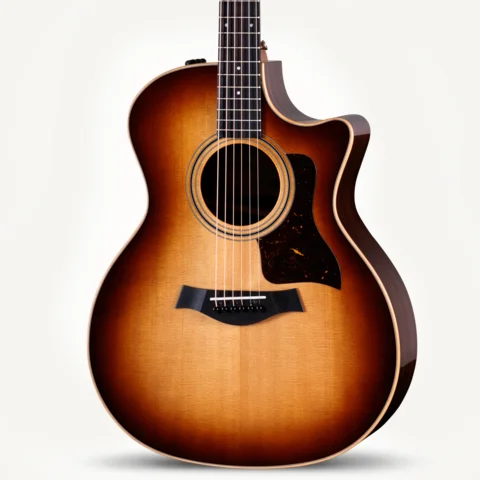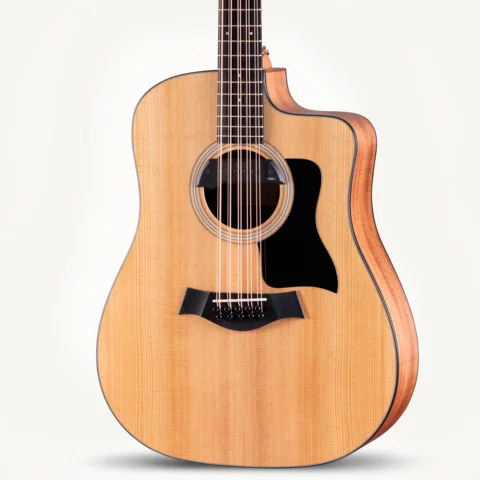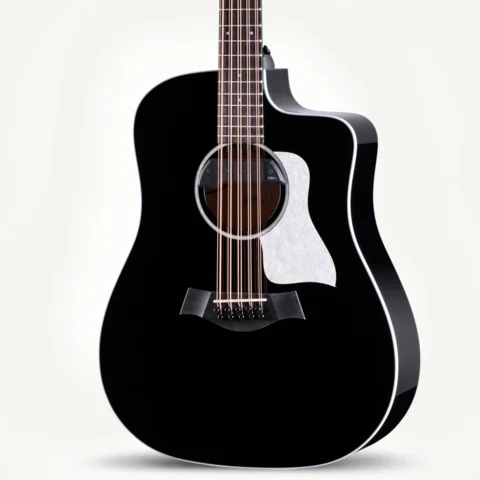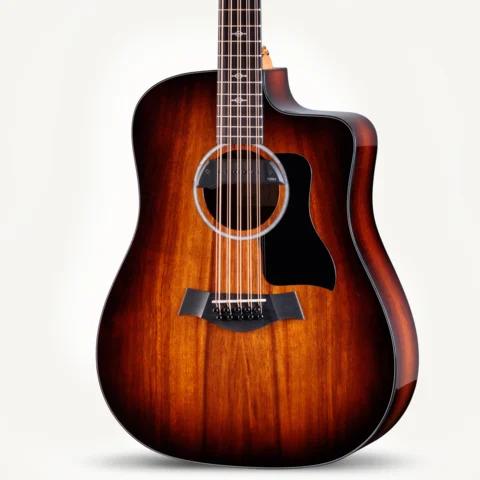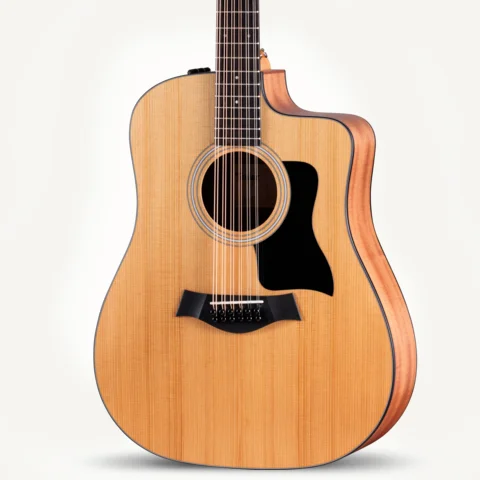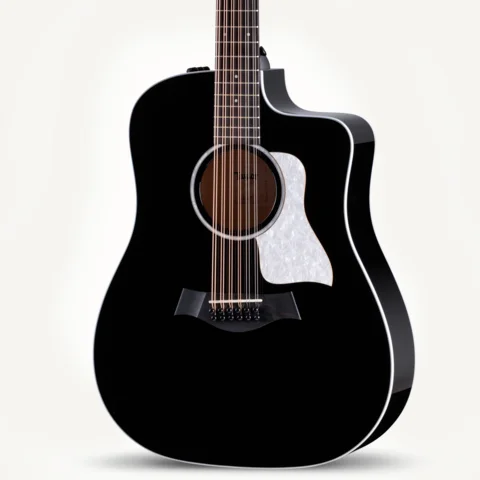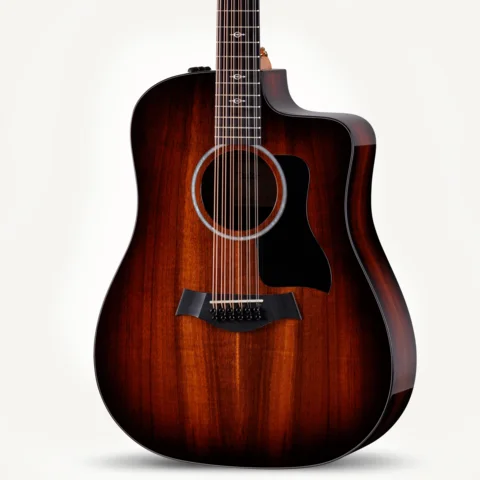Urban forests provide many vital benefits to communities. In this Wood&Steel column from the Winter 2020 issue, Scott Paul, our Director of Natural Resource Sustainability, explores a new collaboration with a California arborist in which we’re discovering ways to turn end-of-life urban trees into high-value products that can support the regreening of our urban infrastructure and ease the pressure on forests elsewhere.
About two years ago, I found myself in Bob Taylor’s office not long after he had read an article mentioning San Diego Urban Timber, a local company that mills, designs and builds functional art from locally salvaged trees. I wasn’t surprised that the article caught his eye, as I’ve heard him wonder aloud several times why, when trees are planted in a city, people don’t ever seem to consider choosing a species that might have end-of-life value, or as Bob would say, “a tree that someday someone could make something out of.” Bob is a practical guy. And his city tree cradle-to-grave observation was interesting to me. I’ve spent my entire career working on forest policy issues, but I confess I had never really thought about city trees before. He asked me to look into it, so I did, and soon I began to feel a little like Alice having stepped through the looking glass.
This article is about my education in what I have come to call the urban forest canopy, and about why Taylor Guitars is increasingly interested in it. More specifically, it’s about the importance of this canopy and the need to expand and diversify it. But this article is also about the potential value in the urban wood waste stream. These two themes, I believe, are as interrelated as they are underappreciated.
First, let’s define what we’re talking about. What is the urban forest canopy? Think about any city, town or suburb with high population density and infrastructure. If you live in such an area, think of the trees on your street, in your backyard, along the highway, at schools or shopping centers, in parks, and in small wooded areas. The urban canopy is made up of all the trees within it. It might be hard to see a forest for these individual trees, but if you zoom out, they form a canopy, the true value of which is rapidly coming into focus.
The Value of the Urban Forest Canopy
There are an estimated 5.5 billion trees in urban areas in the United States. If a broader definition of “metropolitan area” is used, that estimate increases to well over 70 billion. That’s a lot of trees. And there’s a growing body of evidence confirming the importance of these trees, ranging from the amount of carbon dioxide they absorb to their role in cooling air temperature through both shade and evaporation, thus quantifiably lowering energy use. The urban forest canopy also significantly improves water quality by mitigating rainfall runoff and flooding, and by blocking strong winds and lowering noise impact. Trees filter air pollution and provide important habitat for songbirds and other wildlife. In addition to these environmental and economic benefits, there is also mounting evidence that city trees provide a plethora of social benefits, including improved mental health and community cohesion.
Did you know that in 2008, for the first time in human history, more people worldwide lived in urban areas than in the countryside? Stop and think about that. For the first time in 66 million years, the majority of our species now lives in an urban environment. And this concentration will only intensify. According to the U.S. Forest Service, from 2010 to 2060, urban areas in the contiguous U.S. are projected to increase by an area larger than the state of Montana. Germany is around the same size as Montana. Maybe it’s a good idea to think about how we’re shaping our urban environment and re-evaluate our relationship with urban trees. Use Google Earth and zoom up from a few cities anywhere in the world. Focus on just the trees, the green bits. Use your imagination. Their collective importance is staggering.
Trees have been around for some 370 million years, and for almost as long, forests have been the dominant terrestrial ecosystem on Earth. So, perhaps it’s not surprising that the explosion of recent academic literature discussing the benefits of urban trees cites the same basic attributes assigned to what we would more traditionally call a forest (e.g., moderating climate, reducing atmospheric carbon dioxide, improving air and water quality, providing habitat, etc.).
I’ve been to a lot of international environmental conferences over the years, and until I specifically sought it out, I don’t recall any conversation about the value of urban trees. One very notable exception was the recent World Forum on Urban Forests in Mantova, Italy, the first truly global conference on the subject, held by the United Nations. It was like Woodstock for academics and arborists with a few scattered architects and city officials sprinkled in, but no business interests or environmental groups to speak of. It was inspiring, if for no other reason than it took place, but I couldn’t find another soul interested in talking about the urban wood waste stream other than David Nowak, Senior Scientist at the U.S. Forest Service, who is perhaps the world’s leading expert on the topic. It’s fair to say that the U.S. Forest Service was decades ahead of the rest of the world in recognizing the importance of urban trees, but in recent years the rest of the world has started to catch up. Indeed, more people worldwide are paying attention to the role of the urban forest canopy and looking for economically viable strategies for maintaining and enhancing forest-derived benefits.
The Value of the Urban Canopy Waste Stream
In the course of writing this article, there was some discussion about the term “waste stream,” as it implies something of no value, similar to the way people call a plant a “weed” if it hasn’t been assigned any value. Names matter. But the cold truth is that for hundreds of years, tree trunks, branches and leaves collected when a city tree is taken down have been deemed a waste product, assigned little if any value, and disposed of commonly at taxpayer expense.
Regardless of what it’s called, all I know is that, worldwide, city trees are being removed faster than they are replaced. In the U.S., we’re losing hundreds of thousands of acres of metropolitan tree cover and millions of trees each year. In fact, between 2009 and 2014, U.S. cities, suburbs and towns lost an estimated 175,000 acres of tree cover each year. In California, where Taylor Guitars is based, there are an estimated 9.1 million street trees, down 30 percent since 1988. With a few notable exceptions, the story is more or less the same all around the world. This, coupled with an enhanced understanding of the environmental and social services trees provide, is why there is suddenly so much attention about regreening our urban infrastructure.
Of course, trees are living things, all living things die, and for countless reasons city trees are removed — damage from disease, invasive pests or storms, for public safety, and construction and development, to name a few. This reality would be no big deal if our overall city canopy wasn’t shrinking, if intact forests around the world weren’t shrinking. People often protest when a city tree is removed, in part, I believe, because they intrinsically understand that we’re losing nature, that the overall trend is moving toward fewer, not more, trees. And while it’s clear that expanding the tree canopy cover is imperative, what’s also true is that upon removal, these trees are underutilized as a resource. In fact, historically, they were dumped in landfills, chipped or burned. More recently, however, state and municipal regulations and fees have made this approach increasingly impractical, driving up disposal costs — but also driving innovation.
To offset disposal costs, urban waste wood is today commonly turned into firewood, with brush and chips destined for mulch or compost, and increasingly higher-value products such as rough slabs or as lumber. A few municipalities are developing bioenergy, biofuel (e.g. ethanol, butanol, pellets, etc.) and biochar. All are trying to offset removal and disposal costs. If organized more holistically, the urban wood waste stream could better be utilized for a wider variety of higher-value products, creating jobs and income to bolster small business, taking pressure off natural forests elsewhere, and perhaps ultimately feeding back into the grossly under-resourced maintenance of existing trees alongside programs that put new trees in the ground.
David Nowak at the U.S. Forest Service estimates the annual urban tree removals in the U.S. equate to roughly 7.2 billion board feet of lumber, or 16 million cords of firewood. There are, of course, many reasons why the full value of this wood will never be realized. The typical patchwork of municipal agencies with jurisdiction over the resource, transportation costs, the lack of space for sorting and stockpiling, limited local processing capacity, and a lack of consistent inventory add up to what my grandfather would have called a dog’s breakfast of quality and species, at least compared to the consistency and uniformity that I can find in the lumber aisle at Home Depot. These issues continue to stymie the creation of an urban wood market beyond anything other than the provincial, but clearly current use and value can be increased. Nowak believes that, despite the obstacles listed, 3 to 4 billion board feet of urban lumber could realistically be produced each year in the U.S. The value by state will vary, as will the types of products produced, but according to the U.S. Forest Service, urban tree wood waste in the U.S. could reasonably generate somewhere between $100 million and $1 billion annually, depending on what product is produced. The minimum value is based on chipping all wood; the higher value is based on converting merchantable wood to logs and non-merchantable wood to chips.
Working with West Coast Arborists
This all brings me back home to Southern California and Taylor Guitars. It turns out that our local arborist is a company called West Coast Arborists, Inc. (WCA), founded by Pat Mahoney, who was walking home from high school one day and took a part-time job working for George the Tree Man, a guy with a pickup truck and a woodchipper working for the city. When George retired, Pat borrowed some money, bought the pickup truck and wood chipper, and started his own company, just two years before Bob and Kurt borrowed money to purchase the American Dream guitar shop and renamed it Taylor Guitars.
Today, WCA provides professional tree maintenance and management services for nearly 300 public agencies, including cities and counties across California and Arizona, caring for over six million trees. Each year, the company plants between 18,000 to 20,000 new trees, but they also remove trees when requested to do so by a city, taking them to strategically placed log yards across the state to facilitate disposal. Up until about the year 2000, most of that wood was sold for firewood or landfilled, but in an attempt to get ahead of state regulations and offset disposal costs, WCA began separating wood by species as it came in. They began sealing the ends of large logs to prevent cracking, and they bought a Wood-Mizer portable sawmill, launching an urban wood recycling initiative dubbed Street Tree Revival.
In short, they had volume, and they were organized. And, as it turns out, WCA also developed their own tree inventory software program, which shows the species of every tree in every city where they work, along with the tree’s size, health and any associated maintenance records. This information allows them to forecast what they will be managing for years to come, helps cities with their tree maintenance strategies, and could provide wood buyers like Taylor with a degree of predictability. For me, the only question left was whether they had the right species and quality for acoustic guitars, because when it comes to wood, no one is more persnickety than instrument makers.
To be clear, Taylor Guitars’ interest in this wood is not driven by a desire to produce a limited number of special edition guitars. We want to invest in this direction only if we can integrate a species with a dedicated line of guitars, perhaps used for backs and sides. The fact that we might source local wood from what has traditionally been considered a waste stream is interesting, and I would even argue environmentally and socially responsible. But we’re also a business, and we need quality, quantity and predictability to make it work. It needs to be a great guitar.
The moment of truth came the day I took Bob, Andy Powers and a small team from Taylor up to WCA to walk their yard. By this point, I was well-educated in the importance of the urban forest canopy. I also understood the largely untapped potential in the waste stream, but I still wasn’t sure if it was plausible for Taylor Guitars to source tonewood from it. It didn’t take long before Bob and Andy found several likely prospects. We cut more than a few species and brought them to the factory in El Cajon to be dried, all under Andy’s watchful eye.
I can tell you that there are several species that Andy is excited about. And I’m happy to report that at this year’s NAMM Show in Anaheim, we released our first-ever guitar made with some of this wood: the Builder’s Edition 324ce, made with back and sides of Urban Ash™ (also known as evergreen or Shamel ash), sourced from city trees that were planted and grown in Southern California, and cared for by WCA until a municipality asked for them to come down for one reason or the other. The wood was quartersawn at a WCA sort yard and brought just down the highway to the Taylor factory in El Cajon, where it was made into some really fine-quality guitars. We feel good about it and hope you can check one out.
In the end, one thing is clear: We need to plant more trees in cities and towns in order to absorb carbon dioxide, cool micro-climates, lower energy use, improve water quality, block strong winds, absorb noise, and provide habitat as well as a range of social benefits. We need to expand and diversify the urban canopy. This said, it’s important to understand that more trees ultimately mean greater throughput and more trees that will reach end of life in the future. It’s simple math, and even today many arborists and city officials are struggling with disposal costs. Figuring out a circular economy that creates jobs and supports the planting, maintenance, disposal and repurposing of urban trees is going to be increasingly important. As one of the first globally branded companies entering this space, perhaps Taylor Guitars can be an early test-case for using a previously discarded resource, educating people about the importance of standing trees in our cities, and planting more than a few ourselves. We’ll share more on that soon. In the meantime, it’s interesting to me that the species that Taylor is testing today are a consequence of decisions made in different municipalities across Southern California some 60 years ago — trees planted largely for aesthetic reasons, what was “in fashion” along streets and in parks. There’s a lot of good wood in the urban landscape, some suitable for guitars, even more suitable for a variety of other products. Maybe one consideration of what to plant in the future could be something that someone, someday, could make something out of.

























